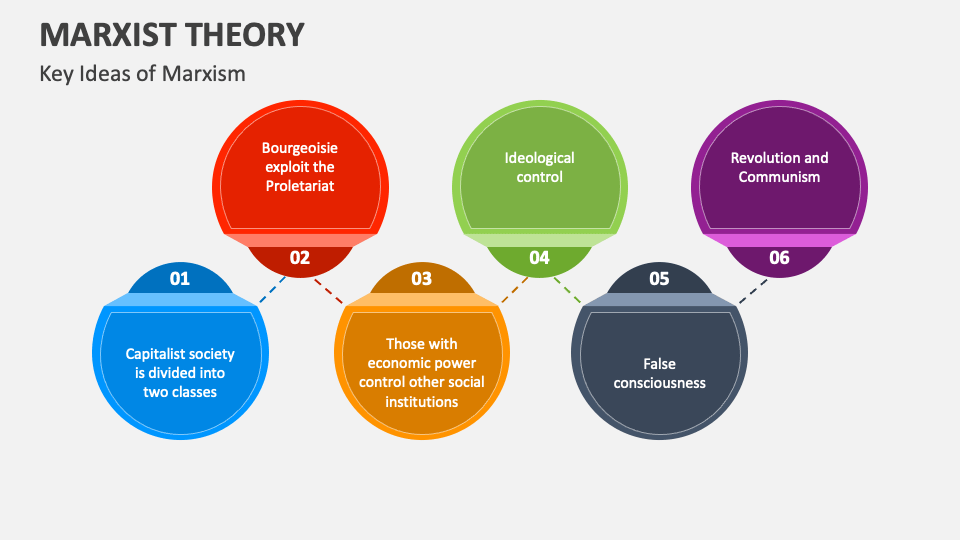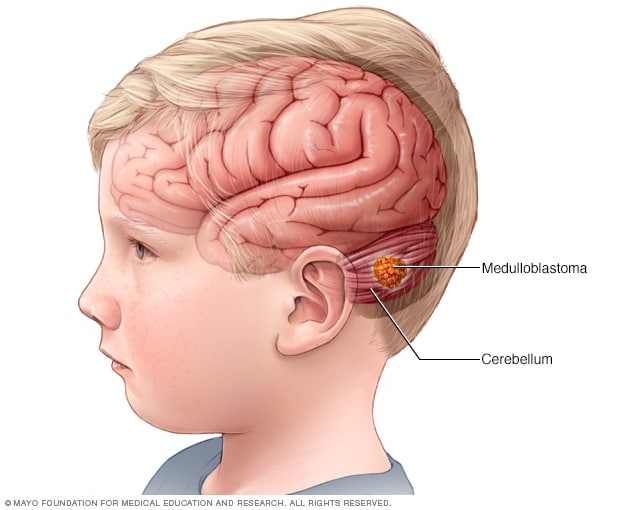Marxist Perspective
1. **Introduction to Marxism:**
Marxist sociology, rooted in the ideas of Karl Marx and Friedrich Engels, offers a comprehensive lens through which to understand societal structures. It focuses on the relationship between economic structures and social dynamics.
2. **Economic Determinism:**
At the core of Marxism is economic determinism, the belief that economic factors shape the broader aspects of society. Marx argued that the means of production and distribution influence social relations and institutions.
3. **Class Struggle:**
Central to Marxist thought is the concept of class struggle. Marx identified the proletariat (working class) and bourgeoisie (capitalist class) as the primary conflicting classes, engaged in a perpetual struggle for control and resources.
4. **Base and Superstructure:**
Marx introduced the idea of the base and superstructure. The economic base, comprising production relations, influences the superstructure—cultural, political, and legal institutions. Changes in the base eventually lead to transformations in the superstructure.
5. **Alienation:**
Marxist theory explores the notion of alienation, where individuals experience a sense of detachment and estrangement from their labor due to capitalist production processes. Alienation extends beyond work to encompass social relationships.
6. **Historical Materialism:**
Historical materialism is a key Marxist concept that posits social development is driven by changes in material conditions. Societal progress is linked to shifts in modes of production and class relations throughout history.
7. **Cultural Hegemony:**
Antonio Gramsci, a Marxist theorist, introduced the concept of cultural hegemony. This suggests that the ruling class maintains dominance not only through economic power but also by influencing and controlling cultural norms and values.
8. **Commodification of Culture:**
Within the Marxist perspective, culture is often viewed as commodified, subject to market forces. Artistic expression, media, and other cultural forms can be shaped by capitalist interests, impacting both production and consumption.
9. **Resistance and Revolution:**
Marxists believe that the working class has the potential to resist exploitation and, ultimately, to instigate a revolutionary transformation. The goal is to replace the capitalist system with a classless, socialist society.
10. **Contemporary Relevance:**
The Marxist perspective remains influential in contemporary sociology. Scholars continue to apply Marxist analyses to understand issues of inequality, exploitation, and power dynamics in various societal contexts.
What is Marxist Perspective? Discuss key features of this perspective. Describe with appropriate examples.
The Marxist perspective, rooted in the works of Karl Marx and Friedrich Engels, is a sociological approach that analyzes society through the lens of class struggle and economic structures. Here are some key features of the Marxist perspective:
1. **Economic Determinism:**
Marxist theory contends that economic factors play a primary role in shaping society. The mode of production, means of distribution, and ownership of resources determine social relations and institutions.
*Example:* In a capitalist society, where the means of production are owned privately, the bourgeoisie (capitalist class) controls the economy, influencing social structures and power dynamics.
2. **Class Struggle:**
Marx identified class struggle as a driving force in history. The conflict between the bourgeoisie (owners of the means of production) and the proletariat (working class) is central, with each class vying for control and influencing societal changes.
*Example:* Labor strikes or workers' movements demanding better wages and working conditions represent instances of class struggle within a capitalist framework.
3. **Base and Superstructure:**
The base-superstructure model suggests that the economic base, including production relations, influences the superstructure—cultural, political, and legal institutions. Changes in the base lead to corresponding changes in the superstructure.
*Example:* The shift from feudalism to capitalism brought about changes in laws, political systems, and cultural norms to accommodate the new economic structure.
4. **Alienation:**
Marx discussed alienation, wherein individuals feel disconnected from their labor and the products of their work in a capitalist society. This concept extends to a sense of estrangement in social relationships.
*Example:* Factory workers performing repetitive tasks may experience alienation as they have little control over their work and may not see the final product of their efforts.
5. **Historical Materialism:**
Historical materialism asserts that historical development is driven by changes in material conditions, specifically the means of production and class relations.
*Example:* The transition from agrarian societies to industrialized nations exemplifies historical materialism, as changes in technology and production methods reshape social structures.
6. **Cultural Hegemony:**
Developed by Antonio Gramsci, cultural hegemony refers to the dominance of a ruling class in shaping cultural norms, values, and beliefs to maintain social control.
*Example:* Media representations that reinforce the interests of the dominant class contribute to cultural hegemony by influencing public perceptions and attitudes.
7. **Commodification of Culture:**
Marxist analysis often emphasizes how culture, including art and media, becomes commodified and subject to market forces in a capitalist society.
*Example:* Popular music, films, or artworks are produced not only for artistic expression but also as commodities for consumption, reflecting capitalist values.
8. **Resistance and Revolution:**
Marxists believe that the working class has the potential to resist exploitation and, ultimately, to instigate a revolutionary transformation, leading to a classless, socialist society.
*Example:* Social movements advocating for workers' rights or calls for systemic change can be seen as expressions of resistance within a Marxist framework.
These key features illustrate the foundational aspects of the Marxist perspective, providing a framework for understanding social structures, conflicts, and transformations.
Historical specificity is the hallmark of Marxist Perspective. Explain.
Historical specificity is a fundamental characteristic of the Marxist perspective, emphasizing that social phenomena and developments are deeply rooted in their historical context. This concept implies that the dynamics of society, including economic structures, class relations, and cultural expressions, cannot be fully comprehended without considering the specific historical conditions in which they arise.
**1. Mode of Production:**
Marxist analysis asserts that each historical period is characterized by a specific mode of production, which encompasses the way society organizes and carries out economic activities. For example, feudalism, capitalism, and socialism represent distinct historical modes of production.
**2. Class Relations:**
The Marxist perspective contends that the nature of class relations is intricately tied to the prevailing mode of production in a given historical epoch. The struggles between different classes, such as the bourgeoisie and the proletariat in capitalism, are shaped by the economic system of the time.
**3. Social Structures:**
Institutions and structures within a society, including legal, political, and cultural frameworks, are seen as products of the historical context and the prevailing mode of production. These structures serve to maintain and reproduce the existing social order.
**4. Evolutionary View of History:**
Marxism adopts an evolutionary view of history, wherein societies progress through distinct stages. Each stage represents a particular set of productive forces, class relations, and social structures. Historical specificity is crucial to understanding how these stages unfold and transition into one another.
**5. Change Over Time:**
The Marxist perspective recognizes that social relations and structures are not static but evolve over time. Historical specificity acknowledges that the dynamics of a feudal society, for instance, differ significantly from those of an industrial capitalist society.
**6. Economic Base and Superstructure:**
The relationship between the economic base (mode of production) and the superstructure (cultural, political, and legal institutions) is contingent on the historical context. Changes in the economic base lead to corresponding transformations in the superstructure, illustrating the historical specificity of this relationship.
**Example:**
Consider the transition from feudalism to capitalism in medieval Europe. Feudalism was characterized by agrarian economies, hierarchical social structures, and a land-based aristocracy. The emergence of capitalism brought about changes in economic relations, with the rise of industrialization, wage labor, and the bourgeoisie. This historical shift had profound implications for social structures, class dynamics, and cultural expressions.
In summary, the hallmark of the Marxist perspective is its insistence on understanding social phenomena within their specific historical contexts. This historical specificity provides a nuanced and dynamic framework for analyzing the evolution of societies, recognizing that different historical periods give rise to distinct social structures and relations.
What are the main intellectual ideas that influenced Marx's work. Illustrate.
Karl Marx's intellectual development was influenced by various philosophical, economic, and sociological ideas that shaped his own theories. Here are some of the main intellectual ideas that influenced Marx's work:
1. **Hegelian Dialectics:**
Marx was initially exposed to Hegelian philosophy, particularly Hegel's dialectical method. Hegelian dialectics involves the idea of contradictions and conflicts leading to the development of new ideas and societal changes. Marx adapted this dialectical approach to develop his own materialist dialectics, emphasizing the role of economic contradictions in driving historical change.
2. **Classical Political Economy:**
Marx engaged deeply with classical political economists such as Adam Smith and David Ricardo. He built upon their analyses of capitalism, particularly the labor theory of value. Marx's understanding of surplus value, exploitation, and the role of labor in the production process was influenced by these classical economists.
3. **Materialism:**
Marx adopted a materialist perspective, emphasizing the significance of material conditions and economic relations in shaping society. This materialist outlook, in contrast to idealism, became a foundational element in Marxist theory, influencing how Marx analyzed historical and social phenomena.
4. **Feuerbach's Critique of Religion:**
Ludwig Feuerbach's critique of religion as an expression of human alienation had a profound impact on Marx. Feuerbach argued that religious beliefs were projections of human desires and alienation from one's own essence. Marx extended this critique to a broader analysis of alienation in capitalist societies, exploring how economic structures contribute to human estrangement.
5. **French Socialism and Utopian Socialists:**
Marx engaged with various French socialist and utopian thinkers, such as Charles Fourier and Henri de Saint-Simon. While critical of their idealistic visions, Marx learned from their emphasis on social change and the critique of existing social relations. He incorporated elements of their ideas into his own materialist and class-based analysis.
6. **The Communist Manifesto (1848):**
Co-authored by Marx and Engels, "The Communist Manifesto" encapsulates many of the intellectual influences on Marx's work. It draws on historical materialism, Hegelian dialectics, and the call for proletarian revolution. The Manifesto provides a concise synthesis of Marxist thought and serves as a programmatic document for the Communist movement.
**Illustration:**
An example of these influences can be seen in Marx's critique of capitalism. His analysis of alienation reflects Feuerbach's ideas, the labor theory of value is grounded in classical political economy, and the call for a proletarian revolution is influenced by both French socialist thought and Hegelian dialectics. In synthesizing these intellectual currents, Marx developed a comprehensive framework for understanding and critiquing capitalist societies.
In essence, Marx's work is a synthesis of diverse intellectual currents, combining Hegelian dialectics, classical political economy, materialism, and socialist critiques to create a distinctive and influential theory of historical materialism and capitalism.








